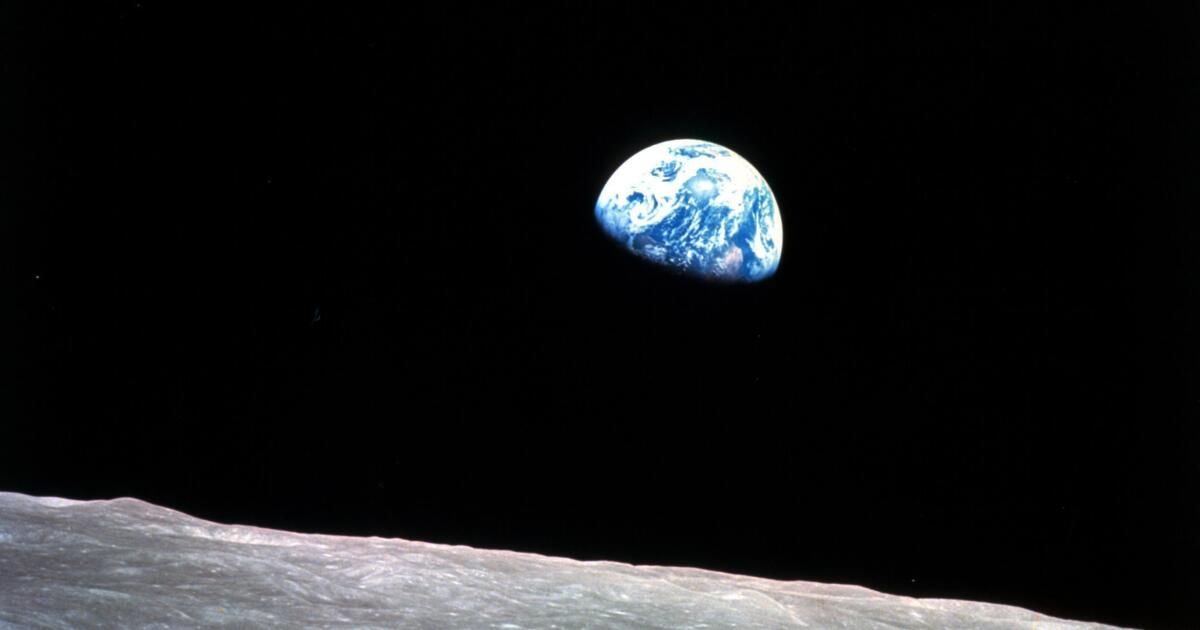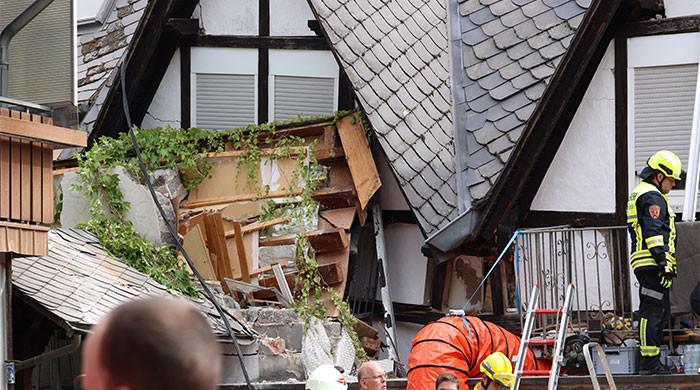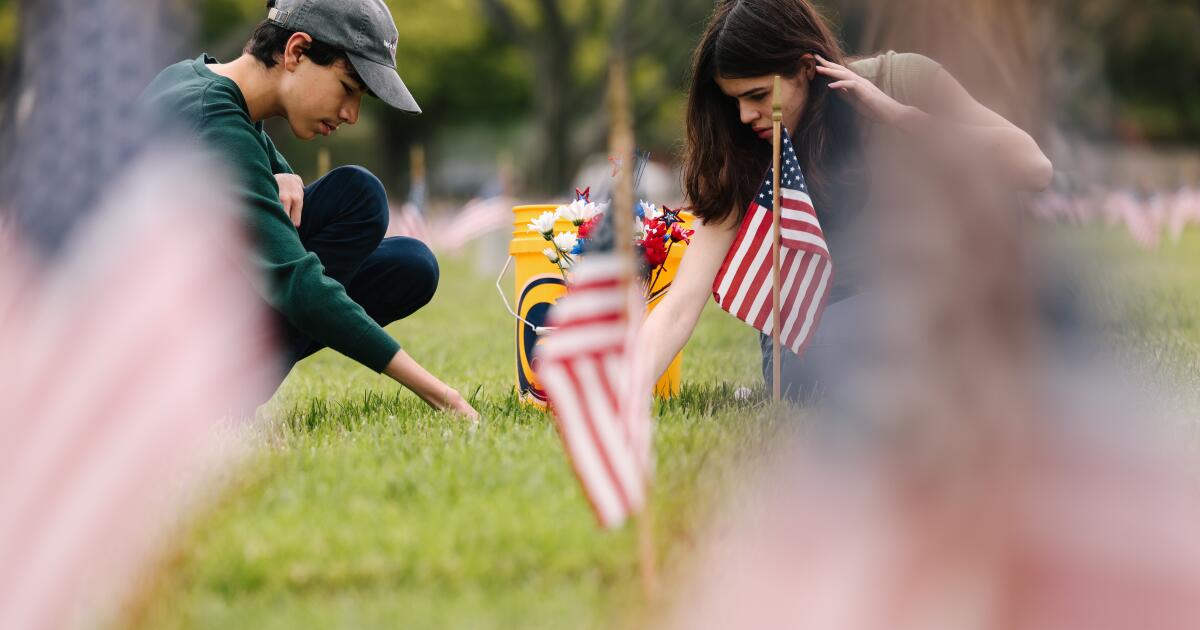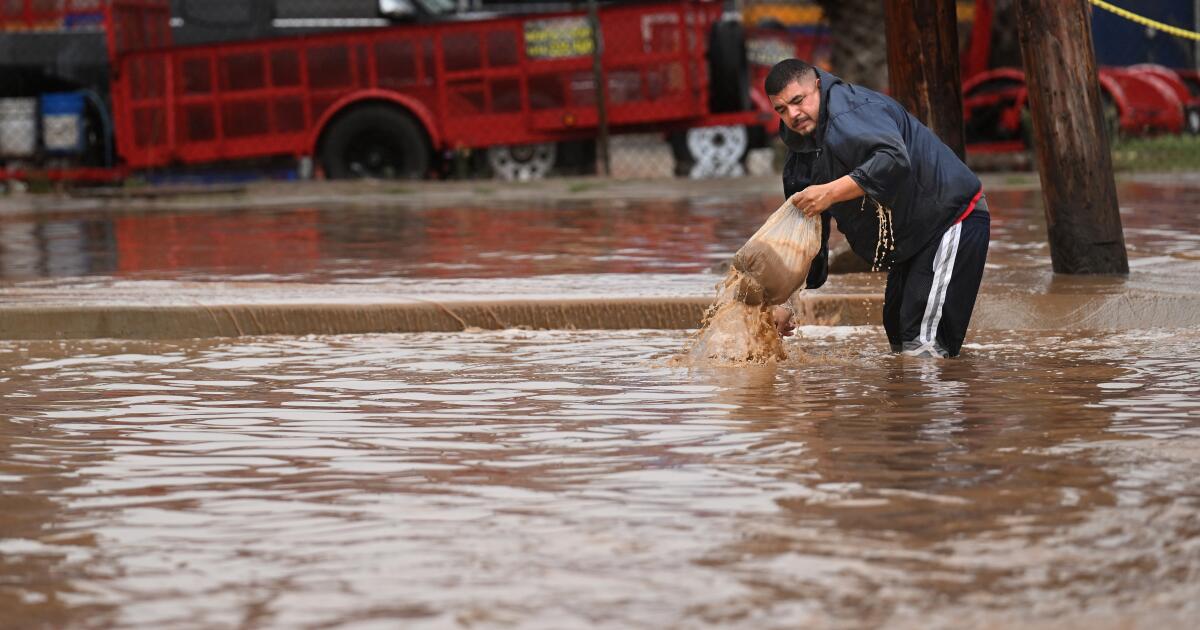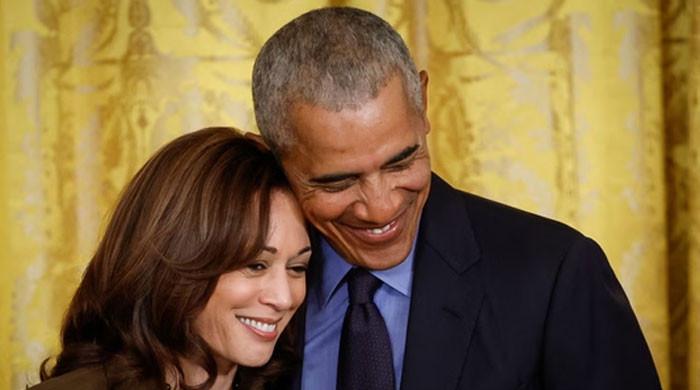Bill Anders, the Apollo 8 astronaut who was one of the first humans to orbit the moon and who took the first iconic photo of Earth rising above the lunar surface, died Friday when the plane he was piloting crashed near the San Francisco Islands. Juan off the coast. of Washington state. He was 90 years old.
His son Greg Anders confirmed the death to the Associated Press.
The plane, a Beechcraft T-34 Mentor, fell into the water near Roche Harbor, Washington, around 11:40 a.m., the Federal Aviation Administration said.
The FAA said the pilot was thought to be the only person on board, although local authorities could not immediately confirm this.
A dive team was called to search the area Friday afternoon, San Juan County Sheriff Eric Peter said.
The accident is under investigation by the FAA and the National Transportation Safety Board.
Bill Anders, center, with fellow Apollo 8 astronauts Frank Borman, left, and Jim Lovell on December 21, 1968.
(Associated Press)
On December 24, 1968, Anders and two other astronauts aboard Apollo 8, Frank Borman and Jim Lovell, became the first people to orbit the Moon. Anders read from the Book of Genesis in a Christmas Eve livestream from space.
Anders and his crewmates were also the first humans to witness the blue Earth rising above the moon's gray surface.
As the spacecraft rotated, Anders took the iconic “Earthrise” photo capturing the moment. The image captivated people around the world and became a profound symbol of the environmental movement, showing the fragility of life on Earth in the vastness of space.
Anders later said that, looking from the spacecraft, the Earth looked like “a fragile Christmas tree ornament.” And I thought, you know, it's a shame we don't treat it more like an ornament on the Christmas tree.”
The International Astronomical Union commemorated the event in 2018 by naming one of the moon's craters Anders' Earthrise.
NASA Administrator Bill Nelson said Anders “offered humanity one of the most profound gifts an astronaut can give.”
“He traveled to the threshold of the Moon and helped us all see something else: ourselves. He embodied the lessons and purpose of exploration. We will miss him,” Nelson wrote in a social media post.
William A. Anders was born in 1933 in Hong Kong into a military family. His father was an officer in the United States Navy.
Anders attended Grossmont High School in El Cajon in San Diego County. He went on to the Naval Academy and then was commissioned into the Air Force.
He retired from the Air Force Reserve as a major general. But he never stopped flying, even decades after his return from space.
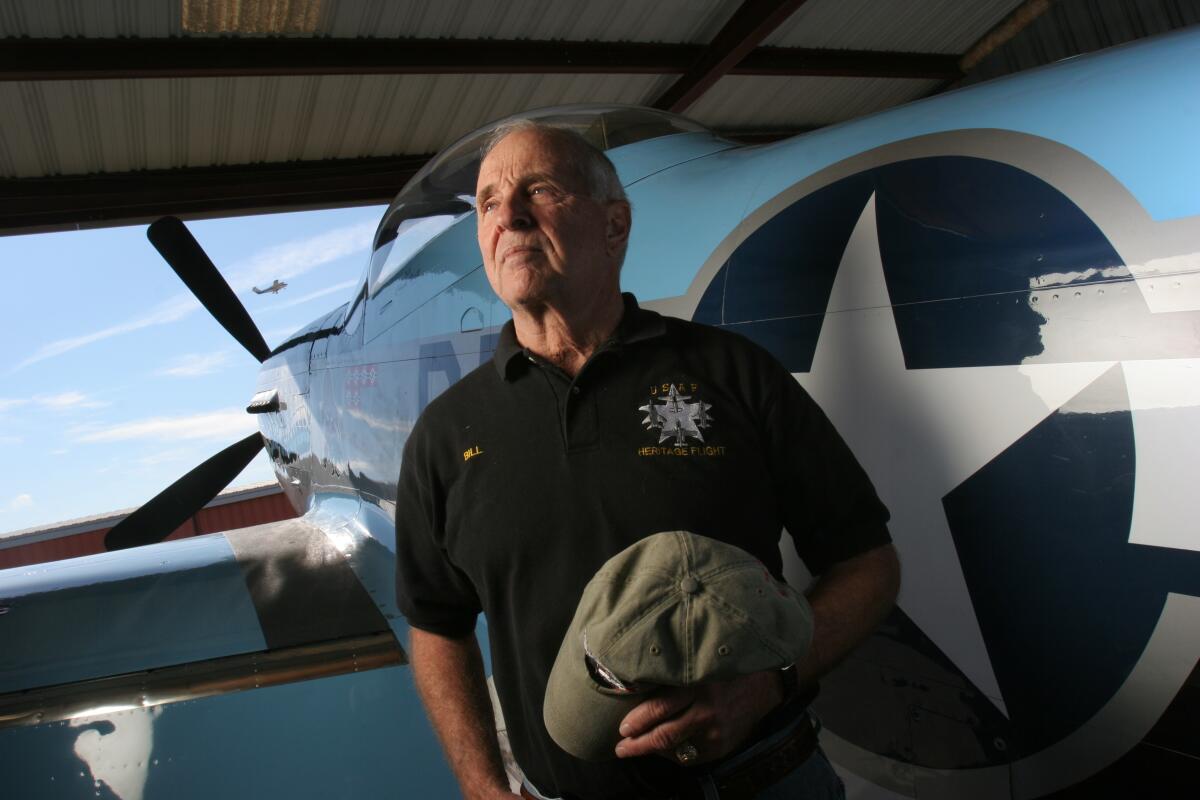
Anders at Ramona Airport in San Diego County in 2006.
(John Gastald/San Diego Union-Tribune)
After Apollo, Anders carved out an executive career that spanned the public and private sectors. Known for his gruff manner and exacting attention to detail, he served as executive secretary of the National Aeronautics and Space Council, commissioner of the Atomic Energy Commission, and first chairman of the Nuclear Regulatory Commission.
Later came stints as ambassador to Norway, vice president of General Electric Co. and executive vice president of Textron Inc. In the early 1990s, he served as president and CEO of General Dynamics, overseeing adjustments at the defense contractor.
In 1996, Anders and his wife co-founded the Heritage Flight Museum, now located next to Skagit Regional Airport in Burlington, Washington. In early October, Anders and his son Greg, who is now the museum's executive director, flew a pair of T.-34 aircraft in a training demonstration over the museum.
Anders and his wife, Valerie, divided their time between Washington and the Point Loma community in San Diego. He is survived by six children and more than a dozen grandchildren.
The Associated Press contributed to this report.

